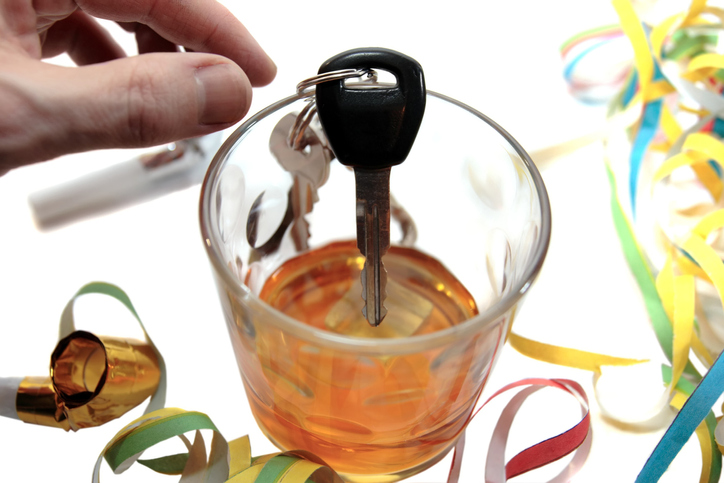As summer approaches, you and your children will have more free time, which may mean more time for them, and you, to participate in outdoor activities, including bike riding.
According to the U.S. Department of Transportation’s National Highway Traffic Safety Administration, in 2011, 677 pedacyclists were killed and an additional 48,000 were injured in motor vehicle crashes. This accounts for 2 percent of the people injured in traffic accidents in the United States each year. In Texas, pedacyclist traffic fatalities accounted for 1.4% of all traffic accident fatalities in 2011.
To ensure safe bicycle riding for you and your children, it is important to familiarize yourself and your children with the state and local laws.
In the State of Texas, all bicyclists, including children, must follow Texas Motor Vehicle laws while using public roads in Texas–this means that a person riding a bicycle has the same rights and duties of any driver.
The City of San Antonio is embracing the popularity of bicycle riding in Texas through its adoption of the Bike Light Ordinance and Safe Passing Ordinance. The Bike Light Ordinance, which is the same as Texas state law, requires that all bicycles have a front white light and a rear red reflector or red rear light. Failure to comply with the ordinance can lead to a fine of up to $200.
In addition, the City of San Antonio also adopted the Safe Passing Ordinance to help increase safety for bicyclists. The ordinance establishes a requirement that all motor vehicle operators maintain a safe passing distance from bicyclists–generally, 3′ for cars and 6′ for commercial or large trucks. Failure to keep a safe distance from bicyclists pursuant to this ordinance can lead to a fine of up to to $200.
Other important state and local bicyclist laws to remember include:
• Like drivers, you must obey all traffic signals and signs.
• In the City of Antonio, unless you are a member of law enforcement or emergency personnel, you may not ride your bicycle on the sidewalk.
• Like drivers of motor vehicles, you must yield to pedestrians in crosswalks.
• Riding against traffic is illegal.
• Your bicycle should only be used to carry the number of persons it was designed to carry.
• You are required to always keep at least 1 hand on the handle bars.
• Your bike must be equipped with breaks.
• A bicycle in use may not be attached to a vehicle on the roadway.
• You must ride as far over on the right side of the road as practicable.
Failure to comply with any of these laws is a Class C Misdemeanor, punishable by a fine of up to $200.
Continue reading →

 Texas Injury Lawyers Blog
Texas Injury Lawyers Blog



